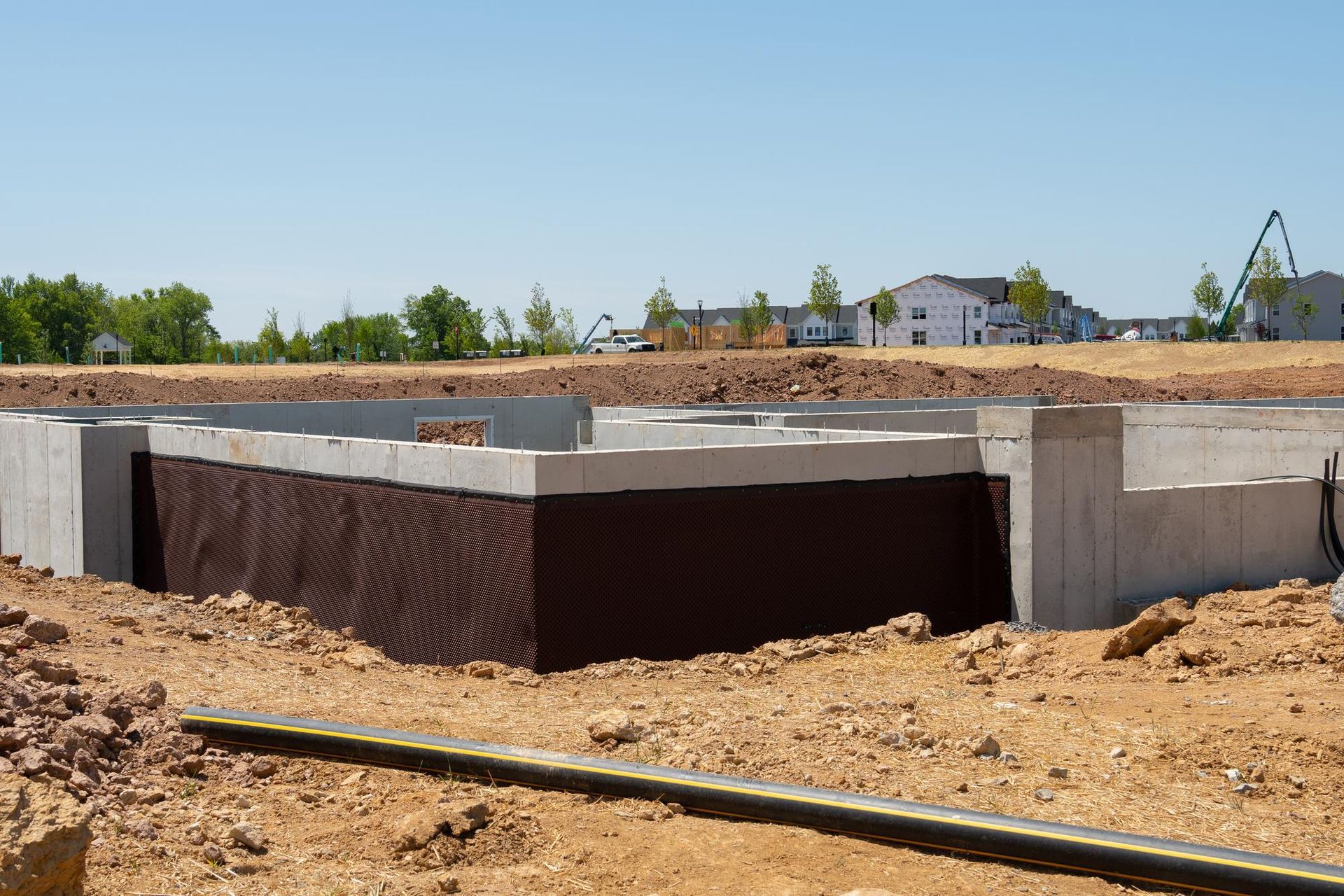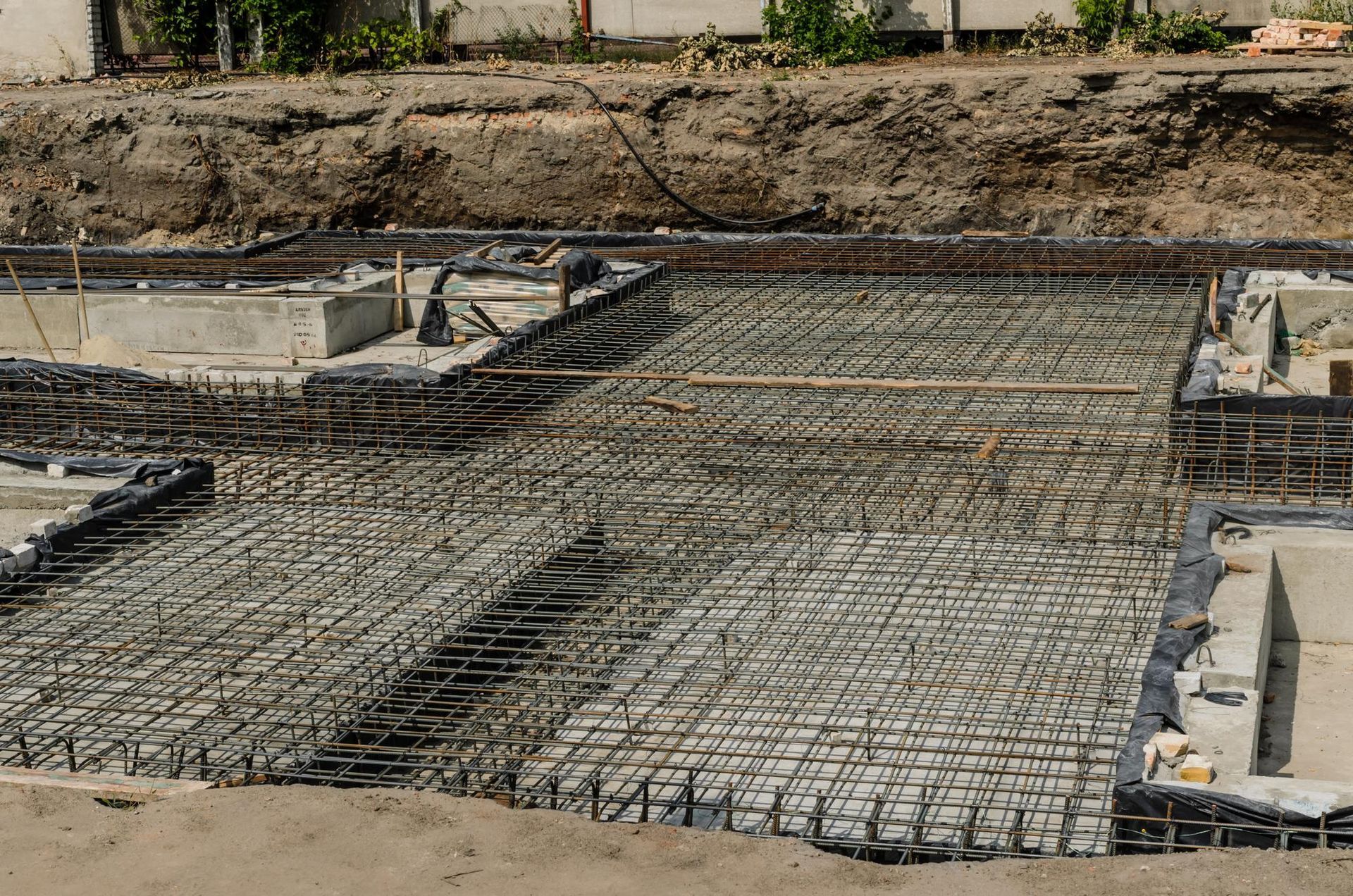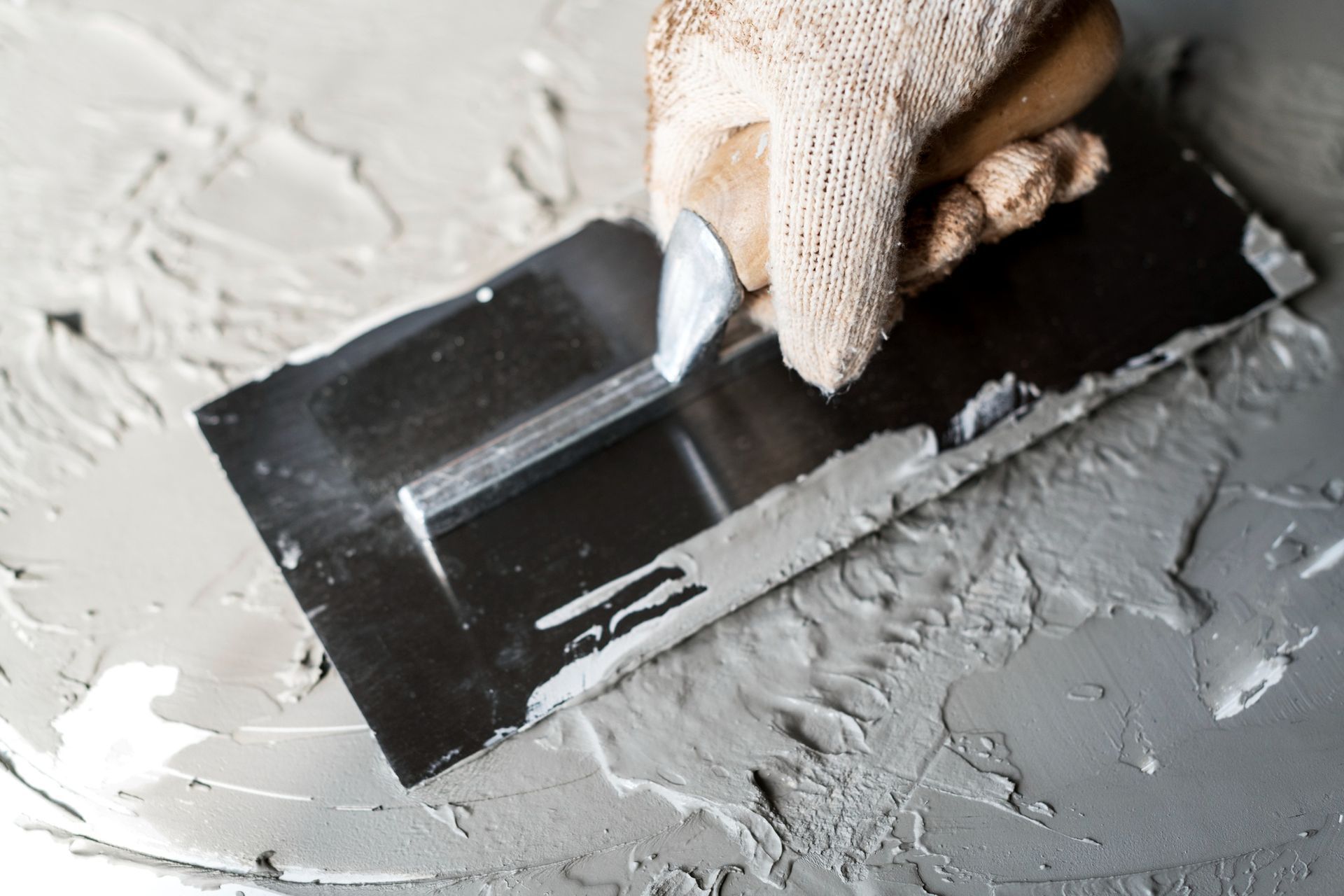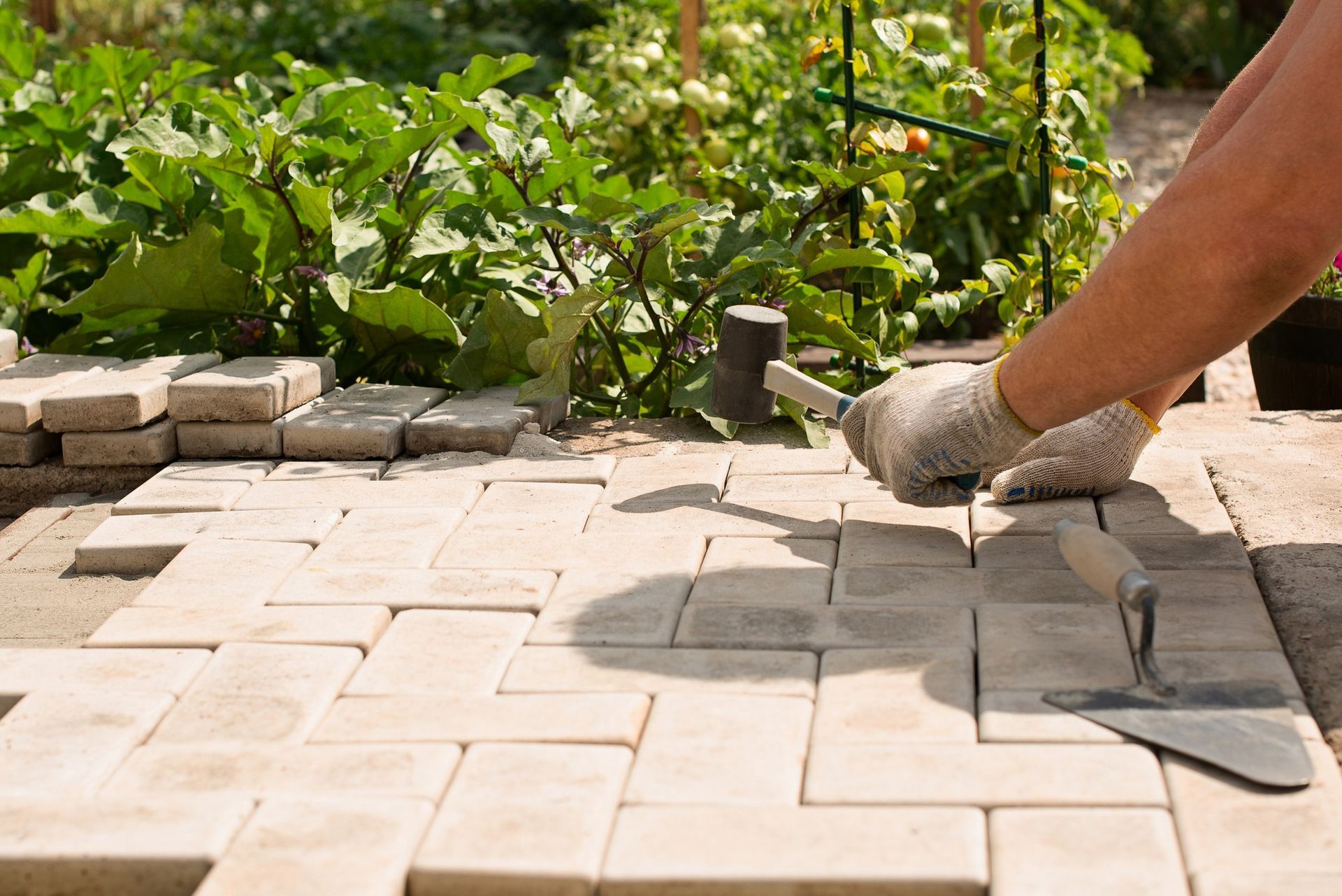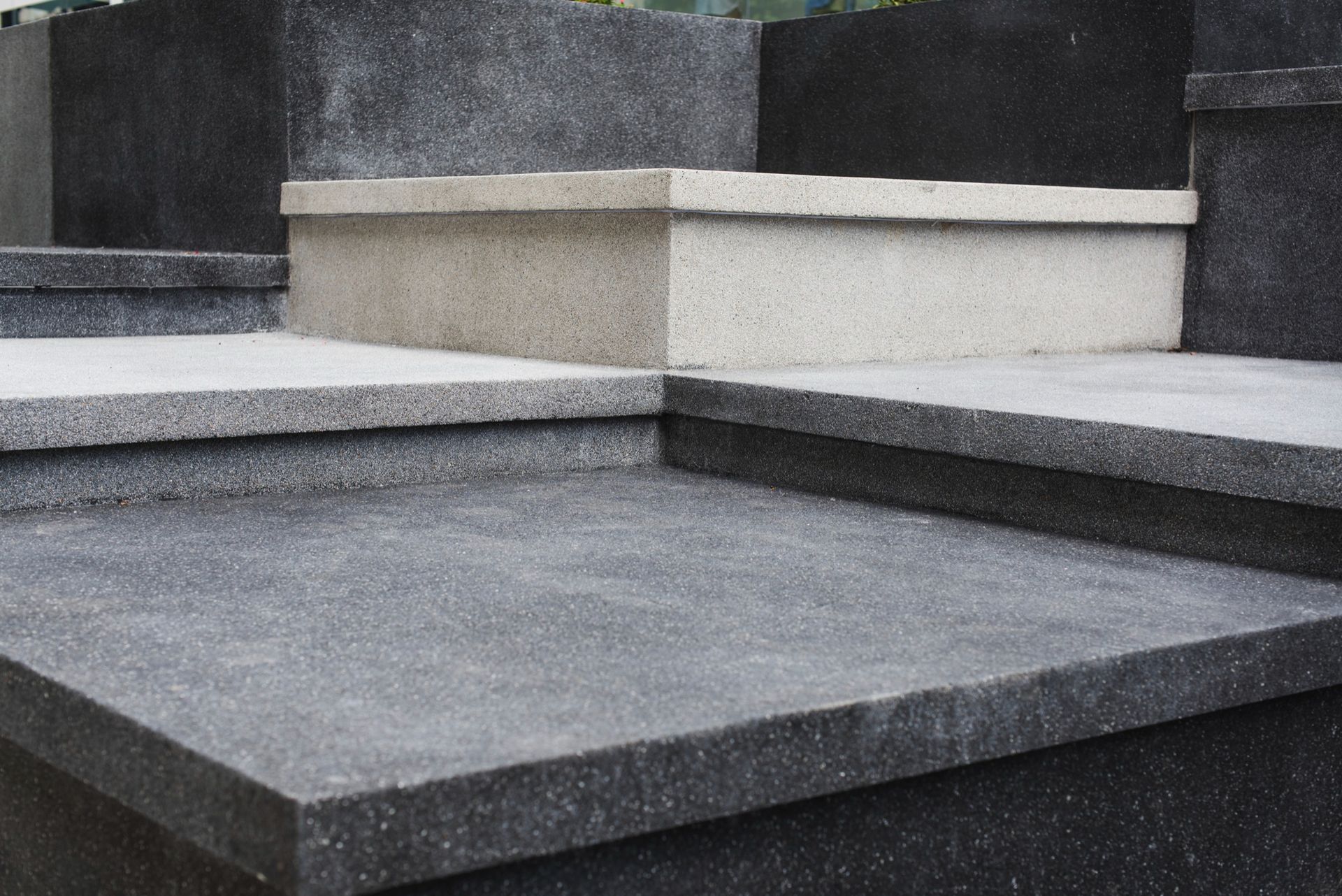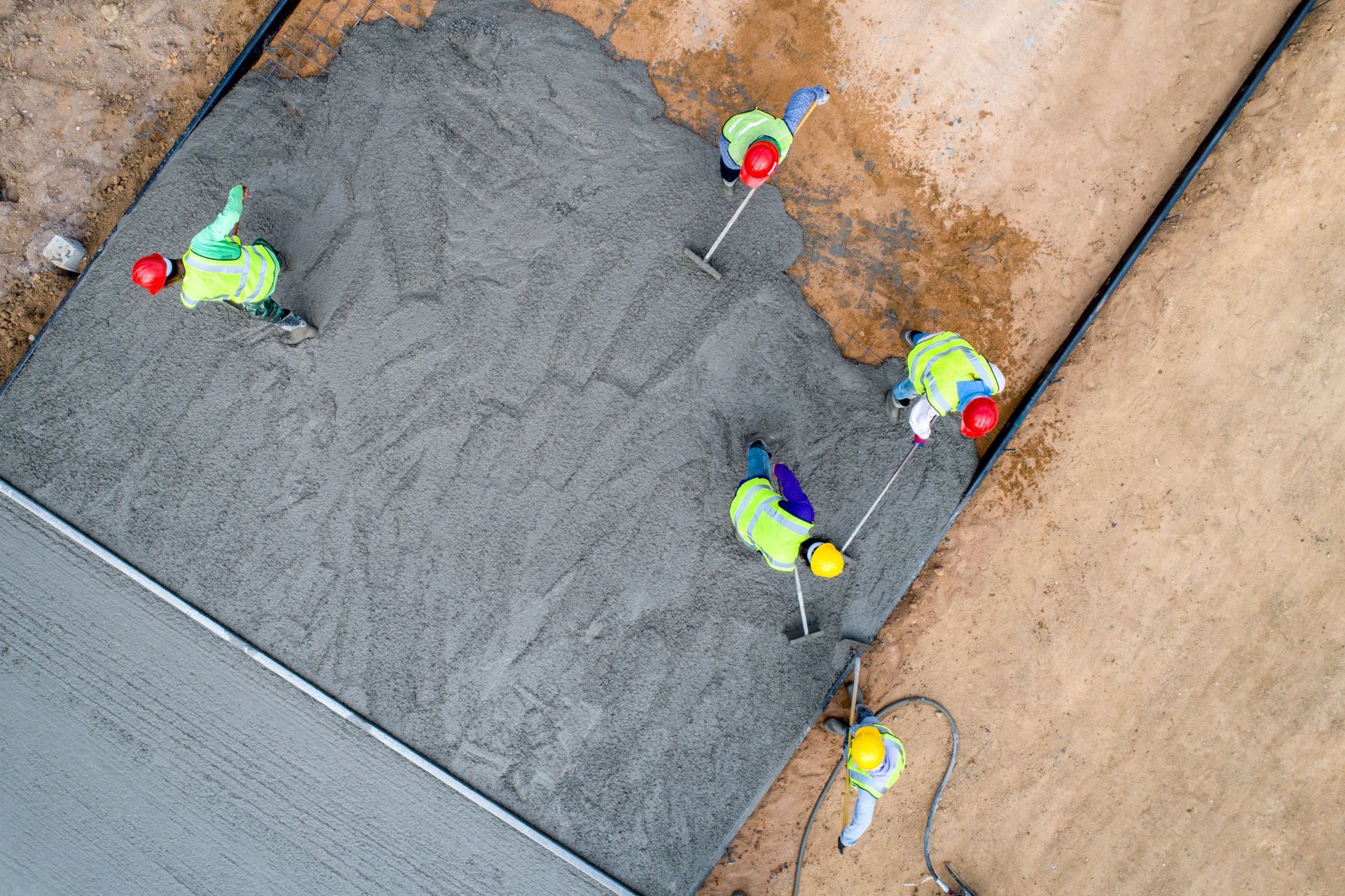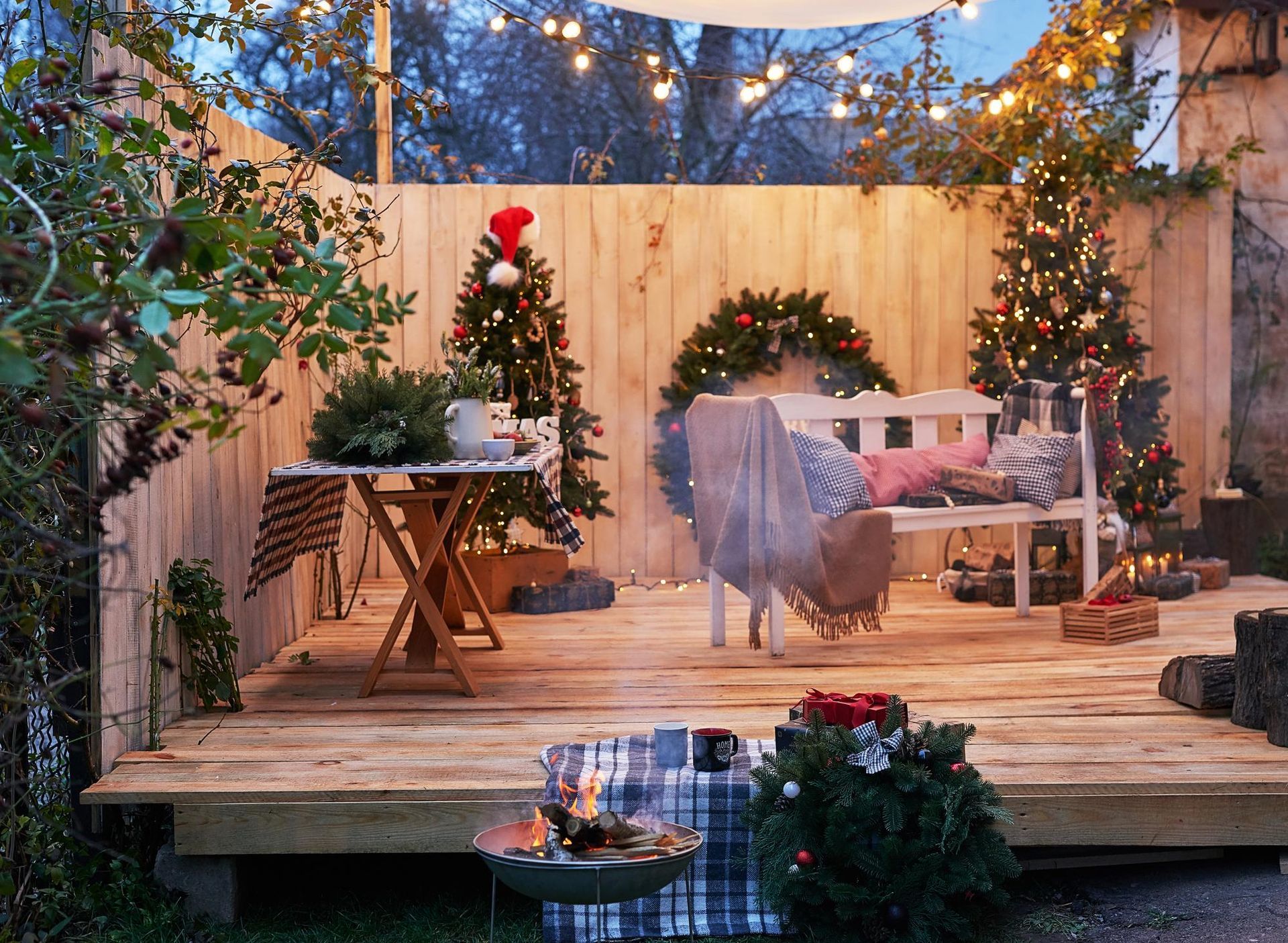Top 2024 Retaining Wall Ideas: Trends & Innovations
Are you looking to transform your outdoor space in 2024? One of the key elements to consider is your retaining wall. Retaining walls not only serve functional purposes like preventing erosion and managing slopes but also contribute significantly to the aesthetics of your landscape. In this article, we'll explore the top 2024 retaining wall ideas, trends, and innovations that will help you elevate your outdoor space.
Sustainable Materials for Retaining Walls
When it comes to retaining wall ideas in 2024, sustainability is a top priority. Homeowners are increasingly opting for eco-friendly materials that not only look good but also minimize their environmental footprint. In the world of landscaping, going green has never been more stylish.
Sustainable materials like recycled concrete and natural stone are gaining popularity. These materials not only offer durability but also reduce the demand for new resources. By choosing eco-friendly options for your retaining wall, you can make a positive impact on the planet while enhancing your outdoor aesthetics.
Smart Retaining Wall Designs
Welcome to the era of smart landscaping! Retaining walls are no exception to the technological advancements that are sweeping the world. In 2024, you can incorporate smart technology into your retaining walls to make your outdoor space even more convenient and efficient.
Imagine having an irrigation system that automatically waters your plants based on weather conditions or a lighting system that adjusts to create the perfect ambiance in the evenings. Smart retaining wall designs are all about making your life easier while adding a touch of modernity to your landscape.
Vertical Gardens and Living Walls
One of the most captivating trends in retaining wall ideas for 2024 is the integration of greenery. Vertical gardens and living walls are becoming increasingly popular for those looking to blend nature seamlessly with architecture.
These lush, green walls not only look stunning but also provide numerous benefits, including improved air quality and insulation. You can grow anything from herbs to colorful flowers, turning your retaining wall into a living, breathing work of art.
Modern Aesthetics and Minimalist Designs
2024 is all about clean lines and modern aesthetics. Minimalist retaining wall designs are gaining traction, giving outdoor spaces a contemporary and sophisticated look. Say goodbye to cluttered and overly intricate designs – simplicity is the key.
Minimalist retaining walls often feature smooth, uncluttered surfaces that create a sense of spaciousness and serenity. These designs complement various architectural styles and can be customized to suit your personal taste.
Creative Use of Textures and Colors
Textures and colors play a crucial role in retaining wall aesthetics. In 2024, homeowners are embracing the creative use of these elements to make their outdoor spaces truly unique. Whether you prefer a rustic look with rough-hewn stone or a sleek, polished finish, there are options to suit your vision.
Experimenting with different textures and colors allows you to add depth and personality to your retaining walls. Consider incorporating contrasting elements to create a captivating focal point in your landscape.
Multi-Functional Retaining Walls
Why limit your retaining walls to just one function? Multi-functional retaining walls are a hot trend in 2024. These walls serve dual purposes, making the most of your outdoor space.
Imagine having a retaining wall that also doubles as comfortable seating for outdoor gatherings or a fire pit for cozy evenings. Some designs even feature hidden storage compartments, providing a practical solution for keeping your outdoor space organized.
DIY Retaining Wall Projects
For the hands-on homeowners, 2024 offers an array of DIY retaining wall ideas. If you're up for the challenge, creating your retaining wall can be a rewarding experience.
Start by choosing the right materials and planning your design. Ensure proper drainage and leveling to guarantee the longevity of your project. While DIY retaining walls require effort and dedication, they can be a cost-effective way to achieve a personalized look for your outdoor space.
Hiring a Professional
While DIY projects can be fulfilling and cost-effective, there are situations where it's advisable to entrust the construction of your retaining wall to a professional landscaper. Here, we'll delve into the reasons why, when, and how to hire a professional for your retaining wall project.
1. Expertise and Experience:
Professional landscapers possess the expertise and experience required to design and construct retaining walls that are not only visually appealing but also structurally sound. They understand the complexities of proper drainage, soil composition, and the local climate, ensuring that your retaining wall stands the test of time.
2. Design Guidance: When you hire a professional, you gain access to their design knowledge. They can assist you in choosing the right style, materials, and colors that align with your vision and the overall aesthetics of your landscape. Their expertise can help you avoid design pitfalls and create a retaining wall that seamlessly blends with your outdoor space.
3. Permits and Regulations:
Depending on your location and the scope of your retaining wall project, you may need to obtain permits and adhere to local regulations. Professionals are well-versed in navigating these requirements, ensuring that your project is compliant with all necessary permits and codes. This can save you time and potential legal complications.
4. Quality Assurance:
Professional landscapers are committed to delivering high-quality work. They have access to the best materials and equipment, and they follow industry best practices for construction. Hiring a professional ensures that your retaining wall will not only look great but also serve its intended function effectively.
5. Project Management:
Building a retaining wall
can be a complex process, involving excavation, foundation work, and proper installation. Professionals have the skills to manage every aspect of the project efficiently. They can coordinate with other contractors if necessary, ensuring that the entire landscaping project runs smoothly.
6. Long-term Value:
A well-constructed retaining wall adds long-term value to your property. It enhances curb appeal and can increase the resale value of your home. Professionals prioritize durability and longevity, so your investment in their services pays off over the years.
7. When to Consider Hiring: If your retaining wall project is extensive, requires specialized engineering, or is located in an area with challenging soil conditions, it's wise to consider hiring a professional. Additionally, if you lack the necessary time, tools, or skills for the project, outsourcing it to experts is a sensible choice.
8. Finding the Right Professional: When seeking a professional landscaper, ask for recommendations from friends, family, or neighbors who have had successful
retaining wall projects. Research local landscaping companies, read reviews, and ask for references. Make sure to choose a licensed and insured contractor with a proven track record.
While DIY projects can be rewarding,
hiring a professional for your retaining wall project can provide peace of mind, ensure quality, and save you time and potential headaches. Their expertise, design guidance, and adherence to regulations make them a valuable resource in creating a stunning and functional
retaining wall
that enhances your outdoor space for years to come. Make an informed decision based on the scope and complexity of your project, and remember that investing in professional services can be a wise choice for your landscaping goals.
Conclusion
In 2024, retaining wall ideas are taking outdoor landscaping to a whole new level. From sustainable materials to smart technology, vertical gardens to minimalist designs, the possibilities are endless. By staying informed about the latest trends and innovations, you can create a stunning outdoor space that reflects your style and values.
Don't forget that your choice of retaining wall can significantly impact the overall look and feel of your landscape. Whether you opt for a sustainable approach, embrace modern aesthetics, or go for a multi-functional design, your retaining wall can be the centerpiece of your outdoor oasis.
So, as you plan your landscaping project for 2024, consider these top retaining wall ideas and trends. Your outdoor space deserves the best, and with the right retaining wall, you can achieve a beautiful and functional landscape that you'll enjoy for years to come.
For those in North Collins NY, we highly recommend considering
Bri-Mic Construction, Inc. as your trusted service provider for retaining wall projects. With their commitment to quality, expertise, and years of experience, they have established themselves as the best in the region. You can reach them at
716-337-0500. Let Bri-Mic Construction, Inc. transform your outdoor space into a work of art that surpasses your expectations.
For more inspiration and information on retaining wall ideas, feel free to explore our website. Our team of experts is here to assist you in making your landscaping dreams a reality.
FAQ’s
-
What are the benefits of using sustainable materials for retaining walls?
Sustainable materials, such as recycled concrete and natural stone, offer durability and reduce environmental impact by minimizing the need for new resources. They contribute to eco-friendly landscaping and can enhance the aesthetics of your outdoor space.
-
How can I incorporate smart technology into my retaining wall design?
Smart technology can be integrated into retaining walls by adding features like automated irrigation systems, adjustable lighting, and even remote control options. These enhancements make your outdoor space more convenient and efficient.
-
What are the advantages of vertical gardens and living walls in retaining wall designs?
Vertical gardens and living walls improve air quality, provide insulation, and create a visually stunning, green focal point in your landscape. They offer a unique way to blend nature with architecture while maximizing space.
-
Are minimalist retaining wall designs suitable for all types of landscapes?
Yes, minimalist retaining wall designs with clean lines and modern aesthetics can complement various architectural styles and landscapes. Their simplicity can create a sense of spaciousness and elegance in your outdoor space.
-
How can I ensure the structural integrity of a DIY retaining wall project?
To ensure the longevity and structural soundness of a DIY retaining wall, it's crucial to start with proper planning, including drainage and leveling. Use the right materials for your specific needs, and consider consulting a professional or obtaining necessary permits for larger projects.
All Rights Reserved | Bri-Mic Construction, Inc.

